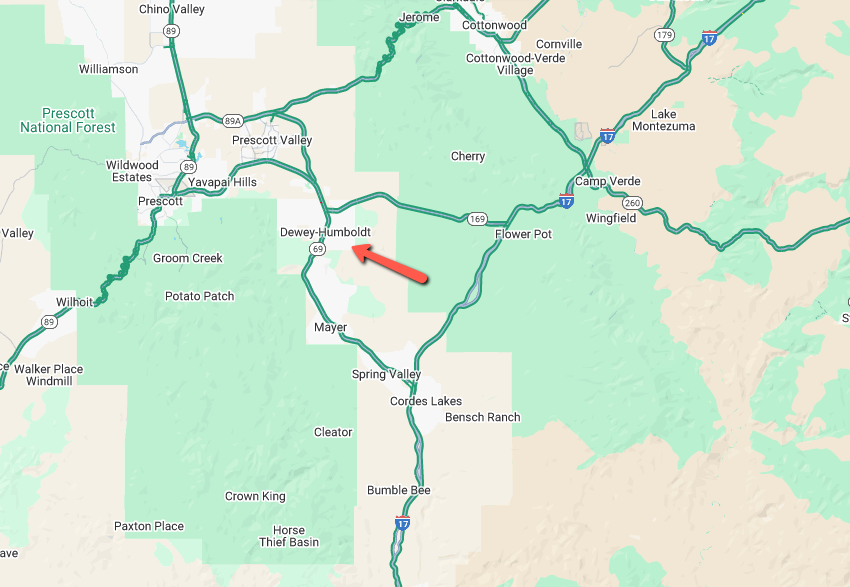Digging deep on Dewey-Humboldt
Digging deep on Dewey-Humboldt

Nestled between Interstate 17 and the Yavapai County seat of Prescott is the town of Dewey-Humboldt.
How does a town get a hyphenated name? Incorporations aren’t uncommon and almost 20 years ago, on Dec. 20, 2004, the towns of Dewey and Humboldt combined into one.
But where did the names of “Dewey” and “Humboldt” come from? Interestingly, the names of “Dewey” and “Humboldt” come from accomplished and well-known people. It’s believed that neither person ever stepped foot in either town, but one of them predicted mining riches would be found in the area.
Dewey was named after Admiral George Dewey, who fought in the Navy during the Spanish-American War.
He led his fleet into battle and was victorious in the Battle of Manila Bay in 1898. Legend has it Dewey’s fleet opened fire at 6 a.m. and sunk or destroyed most of the Spanish ships by 7:35 a.m.
In 1899, he was named admiral of the Navy – the highest rank held ever by a U.S. naval officer – and served as the president of the general board of the Navy before he passed away in 1917.
The town of Humboldt was actually first named Val Verde, but it was changed on Nov. 7, 1905, when the town was renamed in honor of Alexander von Humboldt, a German explorer and scientist.
The nature of the change came after von Humboldt predicted “the riches of the world would be found in the center of the Great Peck mining company area,” an area located in the Bradshaw Mountains in Yavapai County near the then-named town of Val Verde.
Despite having this Arizona town named after him, it’s not known if von Humboldt ever visited the area. However, many things bear his name, including 19 animal species, 17 plants, two glaciers, eight mountains and ranges, a river, two asteroids, an airport, and many towns.
That’s a lot of history for the little town of Dewey-Humboldt.
